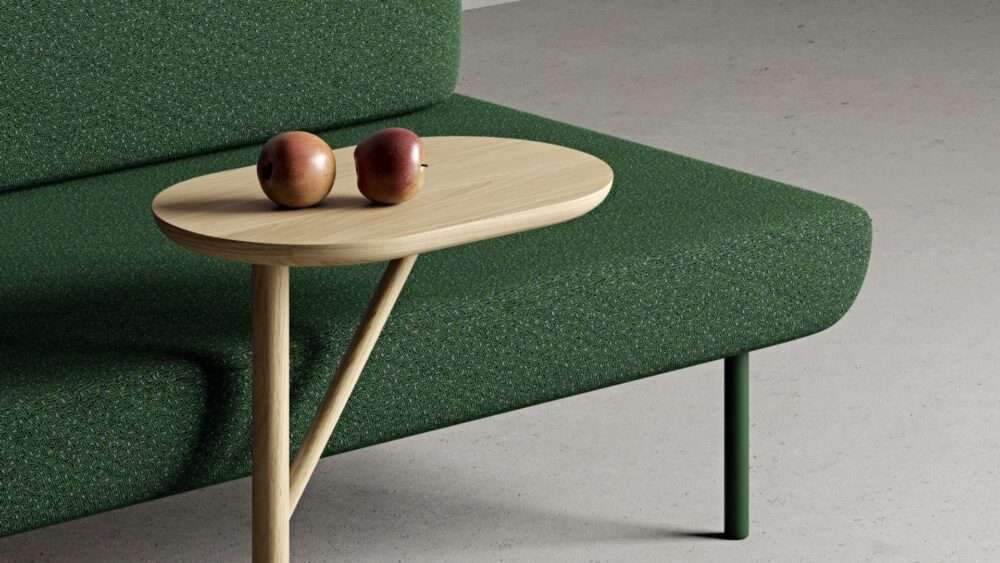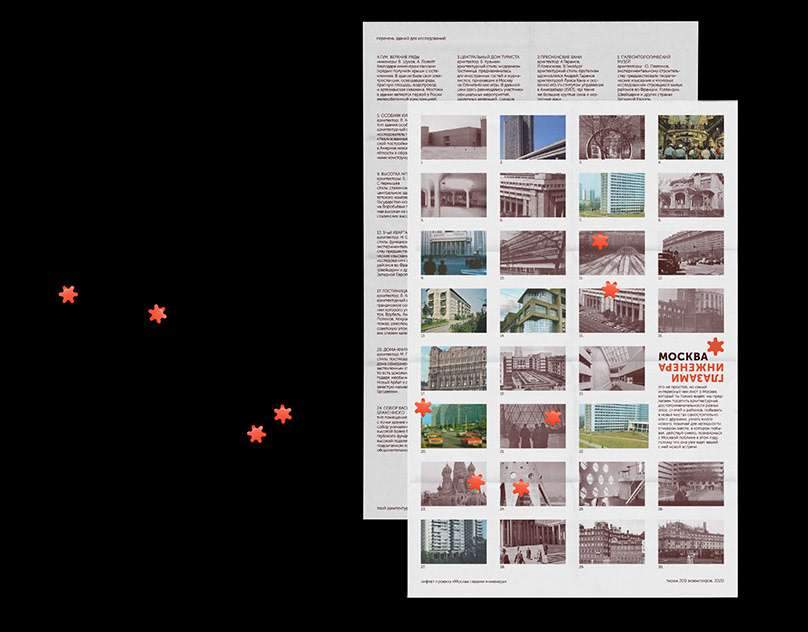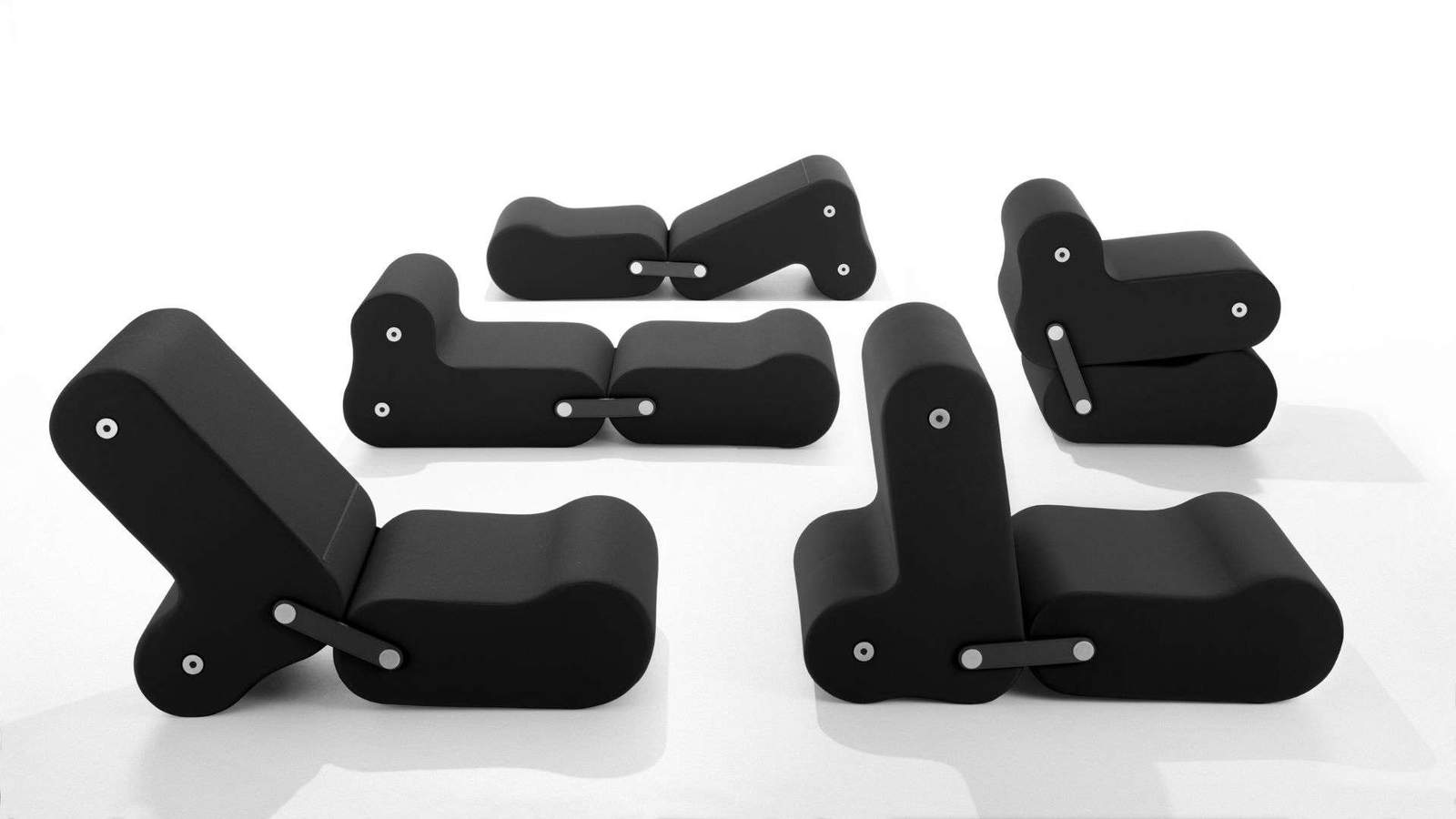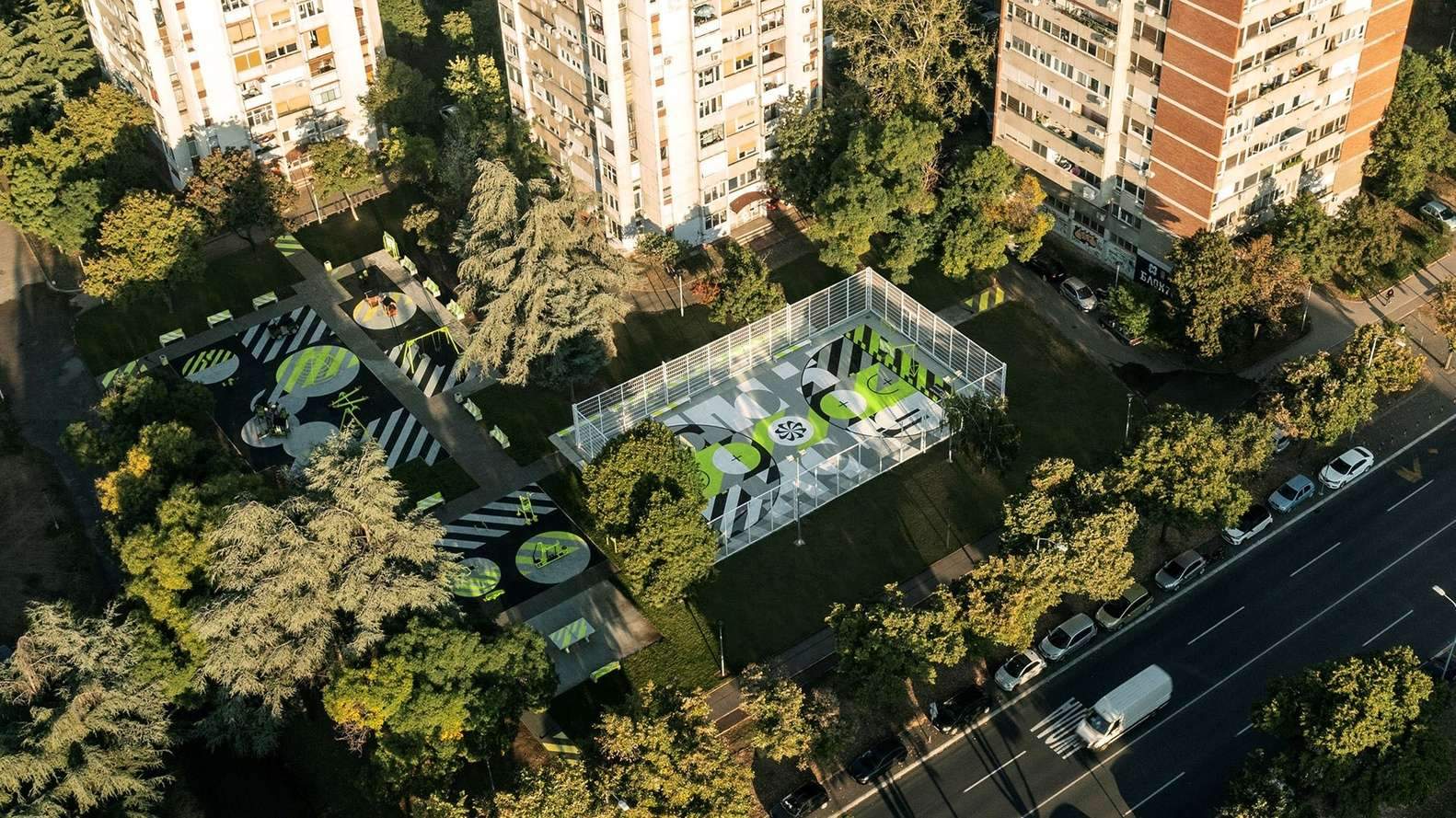The Fibonacci sequence and its relationship to architecture,
The Fibonacci sequence is one of the most famous number sequences in history,
and this sequence was published by Leonardo of Pisa in 1202 in the “Liber Abaci”, “Book of Calculus”.
The famous sequence of numbers became known as “nature’s secret code”,
and can be seen in the natural world in many instances.

But how does this sequence relate to architecture?
Leonardo of Pisa, better known as Fibonacci, wrote his series of numbers (1, 1, 2, 3, 5, 8, 13, 21, 34, 55, 89, 144, 233…),
to solve a hypothetical problem of rabbit breeding. in your account book.
And the main thing in its content knew that whatever number in the sequence is,
it is the result of the sum of the previous two numbers.
For example: 2 + 3 = 5, 5 + 3 = 8, etc.
This constant establishes a very close relationship with the golden number (1.61803399),
called the golden ratio, which mathematically represents the “perfection of nature”.
And when you divide a number from the Fibonacci sequence by the previous number,
the result will be closer and closer to 1.618.
The more numbers selected, the closer the result is to the golden ratio.
Antiquity has studied this ratio given by the number of gold and applied it in its creation and artwork,
as it was said that it is characterized by being naturally pleasing to the human eye.
Therefore, this can be verified in many architectural works such as the Parthenon,
where the width and height of the facade follow the golden ratio.
In the Egyptian pyramids, where each block is 1.618 times greater than the mass directly at the top level,
and in some of them, the inner chambers are 1618 times as long as they are wide.
Even in the Taj Mahal, where some theorists linked its design to the proportion of gold.
These proportions bring up several potential readings of how the scale of architecture and the way a building is designed is given,
even unconsciously, by the Fibonacci sequence.

The Fibonacci sequence and its relationship to architecture
As one characteristic of the building made by the architect is that it is beautiful,
pleasing to the eye by the quality resulting from the given proportion of this mathematical series.
This sequence of numbers can also be found in many species of nature, from snails to sunflowers.
In the most classic example, it is also present in the human body as shown in Modulor,
one of Le Corbusier’s most famous publications.
This study was launched and revised in the middle of the twentieth century,
which illustrates the efforts of one of the most famous architects in history to find the mathematical relationship between human and nature measurements.
Considering the investigations of Vitruvius and da Vinci,
the French architect introduced a system of measurements on a human scale based on the golden ratio.
The final Modulor consists of three main measurements,
arriving at a human body divided into three periods that result in a golden section:
a man 1.83 m tall with an arm raised 2.26 m high and at the navel 1.13 m, which is half.

The Fibonacci sequence and its relationship to architecture
Nowadays, fortunately, the discussion about the standardization and generalization
of the human body is more advanced and does not succumb only to mathematical factors.
Moreover, many mathematicians and designers already question the fact that the golden ratio is a universal formula for aesthetic beauty.
All theories covering aesthetic appeals according to this constant exist only
because we humans are good at recognizing patterns and disregard all that contradicts them.
In short, scientific data is not enough to translate what is beautiful,
this idea is subjective and created according to one’s references and culture.
However, it is a fact that the golden ratio has been of fundamental importance to the cultural sector and to building an aesthetic sense, especially in the West.
Moreover, it is worth noting that the Fibonacci sequence was not first written in this side of the globe.







